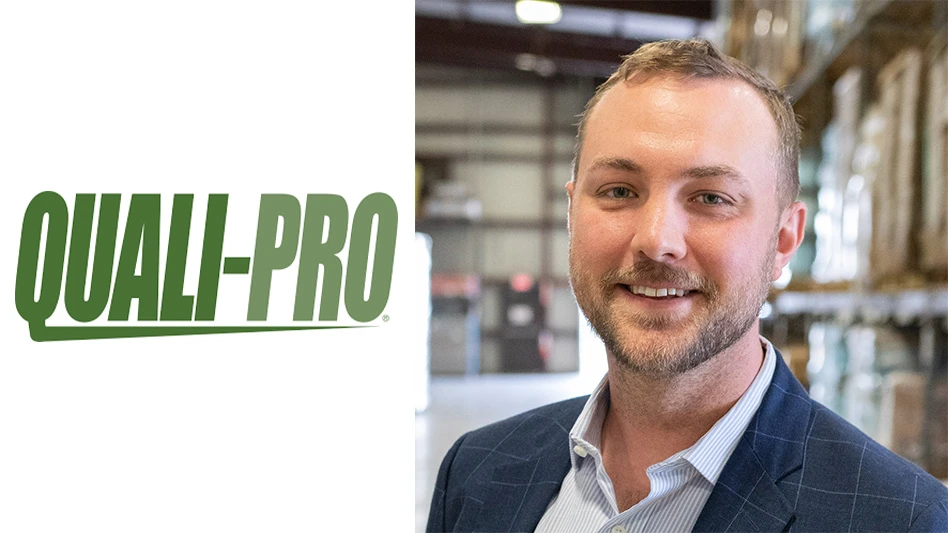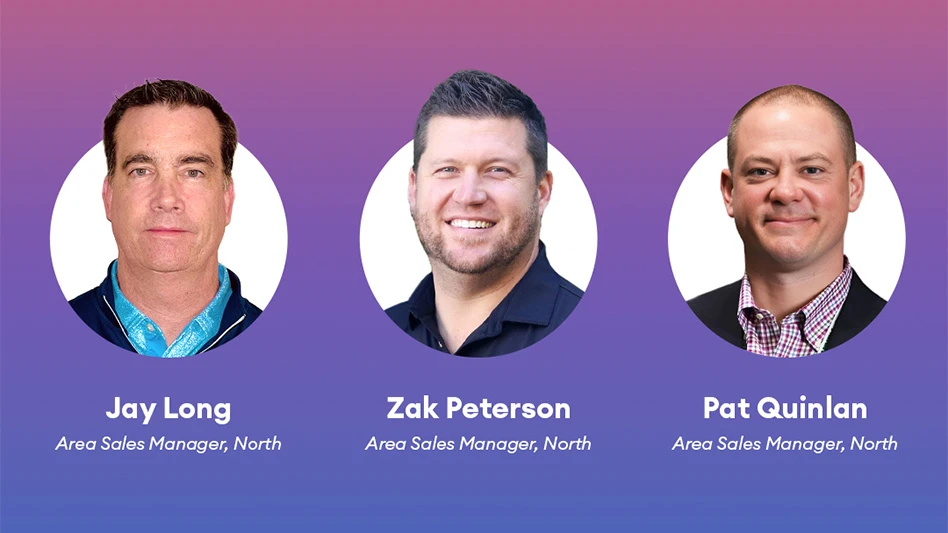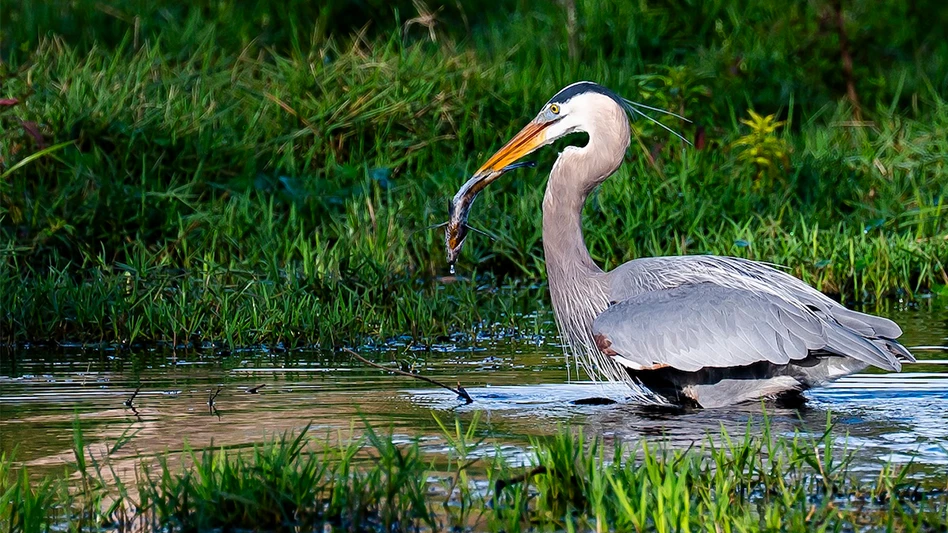
A well-known course was ready to retire its long-term superintendent. For whoever would fill his shoes, it was sure to be a good job. But, for the right person, it could be a “great” job.
What’s the difference? If you don’t know, then it’s possible you’re not up to achieving greatness.
In this case, the membership had a clear mandate for the new superintendent, something made clear to all the candidates. Theirs was a historic course with an excellent architectural pedigree. But they wanted change. Not that there was anything “wrong” with the course; it just didn’t shine like it used to. The members — now younger, more affluent, and with new, higher standards —sought a more spirited superintendent. Someone more in their own image who could take their perfectly good course and make it exceptional.
What’s the first element of going from good to great? Listening. You should be able to tell — from the interview, through the grapevine, looking at recent course ratings — what the people in charge want. If they can’t tell you, or if the constraints put on the job (e.g., money) aren’t sufficient, then greatness may prove out of reach. It’s difficult to turn a C+ course into an A+ if management isn’t 100 percent behind you.
But it’s the second ingredient that’s really important: Vision. That is, your vision of what a great job looks like and how to get it. Some of that is your “golf smarts” — not just your skills as a superintendent but your understanding of what greatness is. The other asset is your ability to find and develop the resources to reinforce your vision.
Some people have vision, either naturally or through hard work. In either case, it includes these factors:
- The ability to see the “big picture.” That means looking beyond each hole, or even all 18, and seeing the course as a reflection of its history, traditions and current membership.
- The ability to find the right resources, be they people, products or inspiration.
- The ability to listen. When you talk less and listen more, you instantly become smarter.
- The ability to be open-minded. Or, if you prefer, to see beyond your own prejudices.
- The ability to be a team player. No one can do a great job by themselves.
- The ability to organize. You’re going to be responsible for a lot of their money, so they’re going to want to know how you’re going to spend it through long-term plans, budgets and regular communication.
There are other requirements, of course, which will vary with the person and the job. But having conducted and sat in on countless job interviews, I promise you that all of the above are top of mind with any membership that is serious about taking their course up a notch or three.
Let’s get a little more specific. How else can a good job become great?
Architecture: Recognize the architectural potential of a good course with sound bones. You should be able to see what’s there. If you can’t see it, how will you be able to bring it out?
Forestry: A fresh set of eyes should be able to see which trees have been planted in the right places and which haven’t. Determine which trees are there as hazards and which are there simply for optics, then remove those that don’t belong. What was the architect trying to do with trees? Is that vision outdated or unsustainable? Especially with classic courses, a comprehensive tree plan is an absolute must.
Lost features: Think like CSI. It’s a crime to see what has happened to many courses’ original intent and features. Review green shrinkage, back tees, shrinking fairway widths, bunker erosion and other evidence of time — and interfering committees — having taken a toll.
Agronomics: New practices, maintenance days, drainage mediation, alleviating ongoing problems to provide better conditions … there’s always another way to approach these and other practices. One strength that truly separates the good from the great is the willingness to try something different. Watch out for members who say, “But we never did that before.”
Professionalism: Part of what makes a job great is what you bring to it. That means dressing the part, writing and speaking plainly and clearly, and, most important, communicating. Articles, emails and social media are key to avoiding misunderstandings, informing and educating your public, and showing them that you not only know your stuff but that you’re willing to share it with them.
Network: Again, “no one wins alone” or can do a great job by themselves. Tap your contacts and bring in experts who have worked with the best of the best. See what other great courses are doing and don’t be afraid to follow their lead. Bring the best practices, the best consultants and the best opportunities to your club. It’s also okay to bring in trusted resources to convince members that change is needed and that there are different ways to do things.
Work ethic: No great job is easy. Challenge is part of the fun. So be prepared to be all-in all the time. Nose to the grindstone 24/7. And not just you, your entire team. Make sure they understand what’s expected of them every day. The best way to do that is to lead by example and make examples of those who don’t live up to your standards. A team should be a reflection of its leader.
How did it work out for the classic course mentioned at the beginning? The new superintendent was brought in. He came from a good job at an A club, with solid training under a respected superintendent. But he brought his own vision, which he was able to communicate to the members.
One of the first things he did was look at the operation, recognize the obvious shortcomings, and say, “Wow, I can’t believe none of this was ever fixed.” He knew that the club was hungry for change, with its wallet open and the desire to move the club forward.
Using his expertise, modern methods and a network formed from his past positions, he was ready to implement practices and programs that his predecessor might have wanted to do but didn’t have the backing, energy or knowledge to make happen. Among those ideas was looking through old photos and records to see how the course had been when it was new and as it evolved. He was able to convince management that a great course was right there, with hidden features waiting to be rediscovered.
He knew what they wanted, and he had the vision to make it happen, or the ability to look and see at the same time. He knew they wouldn’t be happy until their course was great again, so neither was he.

Explore the October 2024 Issue
Check out more from this issue and find your next story to read.
Latest from Golf Course Industry
- From the publisher’s pen: Technology diffusion and turf
- Applications open for 2025 Syngenta Business Institute
- Smart Greens Episode 1: Welcome to the digital agronomy era
- PBI-Gordon promotes Jeff Marvin
- USGA investing $1 million into Western Pennsylvania public golf
- KemperSports taps new strategy EVP
- Audubon International marks Earth Day in growth mode
- Editor’s notebook: Do your part





